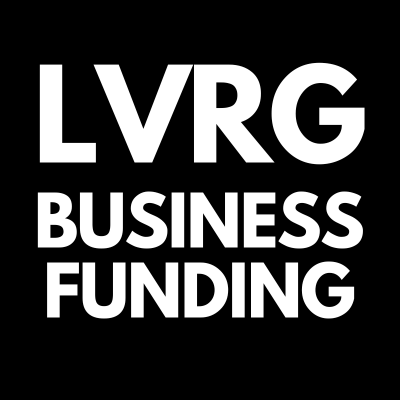Top 10 Tips for Small Business Cash Flow Management
Cash flow management is vital for the success and sustainability of any small business. Proper management of your company's cash flow allows you to pay your bills, invest in growth opportunities, and ensure smooth day-to-day operations. Here are our top 10 tips for effective small business cash flow management:
1. Create a cash flow forecast: Develop a detailed projection of your future cash inflows and outflows. This will help you anticipate potential gaps and make adjustments before they become problematic.
2. Track and monitor your cash flow: Regularly review your financial statements, including your income statement and balance sheet. This will give you a clear picture of your business's financial health and enable you to identify any cash flow issues.
3. Manage your accounts receivable: Implement effective credit and collection policies to ensure your customers pay you on time. Invoice promptly and follow up with reminders, offering incentives for early payment and enforcing late payment penalties when necessary.
4. Negotiate favorable payment terms: Negotiate extended payment terms with your suppliers or explore alternative payment options such as trade credit. This will provide your business with more time to generate revenue and improve cash flow.
5. Control your expenses: Analyze your expenses regularly and find ways to reduce unnecessary costs. Look for alternative suppliers, negotiate better prices, and eliminate non-essential expenses to free up cash for important business activities.
6. Maintain a cash reserve: Set aside a portion of your cash flow as a contingency fund to handle unexpected expenses or temporary downturns in revenue. This safety net will provide you with peace of mind and help you avoid relying on loans or credit.
7. Manage your inventory: Avoid overstocking inventory, as excess stock ties up valuable cash. Analyze sales trends, optimize inventory levels, and consider just-in-time inventory management strategies to minimize holding costs.
8. Explore financing options: Consider short-term financing solutions, such as business lines of credit or invoice financing, to bridge cash flow gaps. Choose the right financing option based on your needs, carefully considering interest rates and repayment terms.
9. Monitor cash flow ratios: Keep an eye on key cash flow ratios, such as the operating cash flow ratio and the cash conversion cycle. These ratios will help you identify areas for improvement and make informed decisions to optimize cash flow.
10. Seek professional advice: If cash flow management becomes overwhelming or complex, don't hesitate to seek advice from financial professionals or consultants. They can provide valuable insights and help you develop effective strategies tailored to your business.
By implementing these tips, you can improve your small business's cash flow management, enhance financial stability, and position your company for long-term success. Remember, cash flow is the lifeblood of your business, so prioritizing its management is crucial.
Written by Charles Barr, CEO of LVRG Funding

